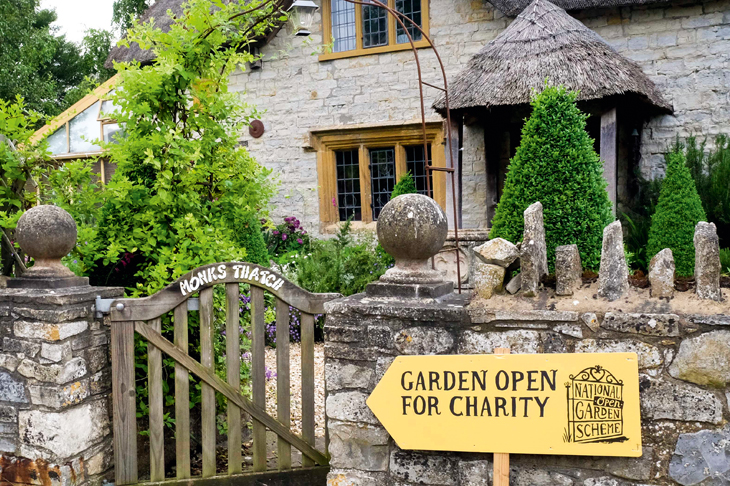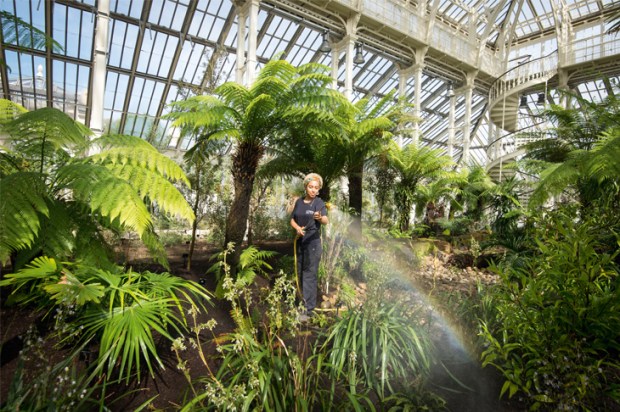What could be more British than nosying around someone else’s private property while munching on a slice of cake? The National Garden Scheme allows you to do both, opening up people’s back gardens to the public and offering them a lovely homemade afternoon tea while they’re at it. I grew up poring over the pages of its famous Yellow Book of open gardens, envying the fat borders of geraniums and delphiniums in the rural area where we lived.
Already a subscriber? Log in
Subscribe for just $2 a week
Try a month of The Spectator Australia absolutely free and without commitment. Not only that but – if you choose to continue – you’ll pay just $2 a week for your first year.
- Unlimited access to spectator.com.au and app
- The weekly edition on the Spectator Australia app
- Spectator podcasts and newsletters
- Full access to spectator.co.uk
Or
Unlock this article
You might disagree with half of it, but you’ll enjoy reading all of it. Try your first month for free, then just $2 a week for the remainder of your first year.















Comments
Don't miss out
Join the conversation with other Spectator Australia readers. Subscribe to leave a comment.
SUBSCRIBEAlready a subscriber? Log in